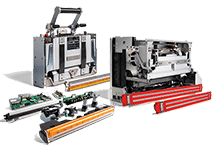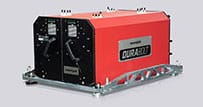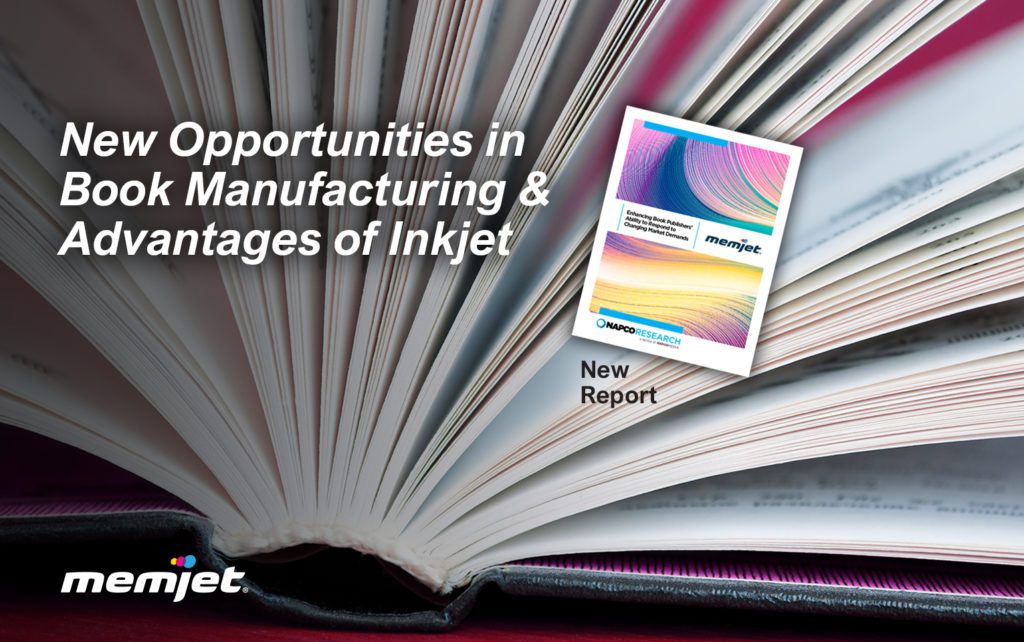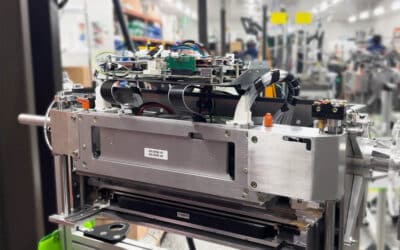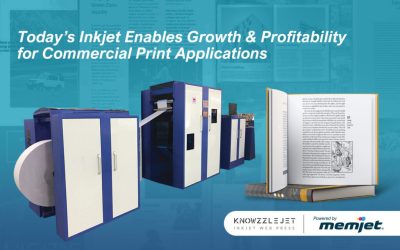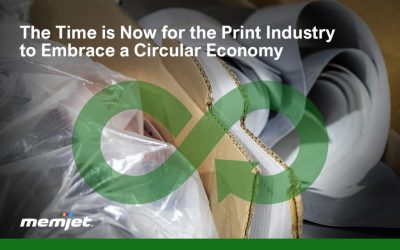Read any good books lately? If so, you’re not alone. As the pandemic set in and consumers were isolating at home, many picked up an old friend: a good book. In 2020, print book sales in the U.S. soared to their best yearly numbers since 2010. Reading momentum is continuing throughout 2021. As publishers are enjoying the increased numbers of readers, many wonder if this demand is here to stay or if print quantities need to be adjusted once again. Whatever happens to book demand, capturing opportunities in today’s publishing market requires the right equipment and a new mindset. In this post, we take a closer look at today’s book publishing trends and the role digital printing plays in creating new opportunities for print service providers. Download Report
The Role of Digital Printing in Book Publishing
To understand the book publishing opportunity, it’s essential to first look at the role digital printing has played in transforming the market. Nearly two decades ago, publishers saw an opportunity in digital printing. The key driver of this change was unit cost: the sum of the charges incurred in printing one copy of a book. With conventional printing on offset equipment, unit cost declines as the number of copies increases. While that works for bestsellers, it makes lesser quantities much more expensive. Moreover, publishers often had to buy a minimum number of copies specified by the printer to keep unit costs under control. These “minimums” meant publishers sometimes found themselves inventorying more copies than they would be able to sell, leading to extra cost and waste. Digital printing offered publishers a way to break out of that expensive cycle. In digital printing, the cost stays the same no matter how many copies are printed. As a result, the majority of book publishers report cost and business benefits from digital printing.
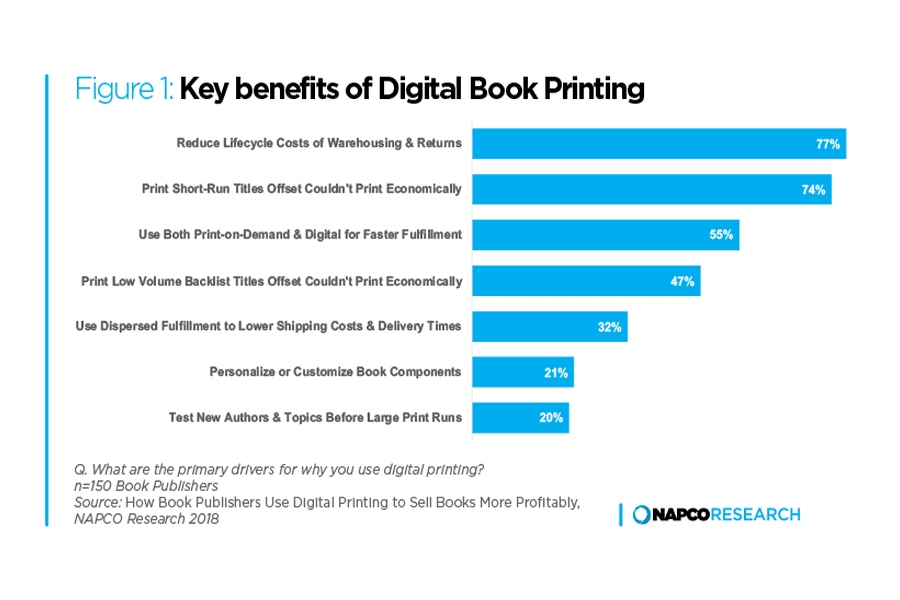
Sustainably Printing Books
Today, as consumers and businesses demand sustainable operations from the companies they work with, book publishers need to go beyond reducing waste and look at the entire printing process. By only printing the number of books they need, digital printing eliminates the cost of a mismatched supply and demand. This waste reduction also decreases carbon expenditure of manufacturing overproduction, inventory, storage, transportation, and disposal. Digital printing also eliminates the inherent physical waste and more hazardous chemical ingredients involved in the conventional printing process. Digital presses print without plates and oil-based inks. By using safer ink chemistries containing water, digital printing cuts the environmental costs of permits and disposal fees. With digital printing, the first set of pages is printed and ready to ship — no wasted pages. Thermal, drop-on-demand inkjet printing with aqueous pigment- and dye-based inks — the technology underlying Memjet’s VersaPass®, DuraLink®, and DuraFlex® solutions — are stable, consistent, and safer for the earth and the people handling them. With this type of inkjet, it’s possible to control resolution and ink coverage in ways that not only assure print quality but also minimize environmental impact.
Inkjet Opportunities for Book Publishers
Self-publishers and mainstream publishers are learning that production inkjet is the ideal printing process for 21st-century book manufacturing. In the conventional printing paradigm, books on the backlist (titles that have moved out of top seller status) didn’t have enough demand to justify their retention in a publisher’s catalog. The same is true for the growing market of self-published authors: quantities are too small to justify a large print run. In addition, authors usually bear the complete expense of creating, manufacturing, and distributing their books. Now, advances in digital printing are transforming these categories. With digital print-on-demand, mainstream publishers and self-publishers can print what they need when they need it — and be profitable. Download Report
Inkjet Advantages for Book Manufacturing
When it comes to general book manufacturing, no other digital printing technology is as productive across the broad range of book manufacturing as inkjet. Inkjet’s faster running speeds, higher print resolutions, and ability to accommodate bigger sheet sizes and web widths combined with longer printhead life and more inline and nearline finishing options — together, are making inkjet a cost-effective alternative for longer print runs. Memjet’s VersaPass and DuraLink technologies are used in a range of solutions that print books. These solutions include the SuperWeb 200D, Monotech’s JETSCI Knowzzlejet, and integrations done by Memjet’s OEM partner Simply inkjet. In China, the web press solutions from Shield are opening up the book publishing market in that region. The high print resolution, low print cost, and width extendibility of Memjet’s technology make it a natural fit for book printing applications, and give providers a fast, easy, and affordable way to get into book publishing. Stay tuned for new product announcements or contact Memjet for more information.
Learn more about this growing market, in the newest research report “Enhancing Book Publishers’ Ability to Respond to Changing Market Demands” — published by NAPCO and Memjet. Download Report


